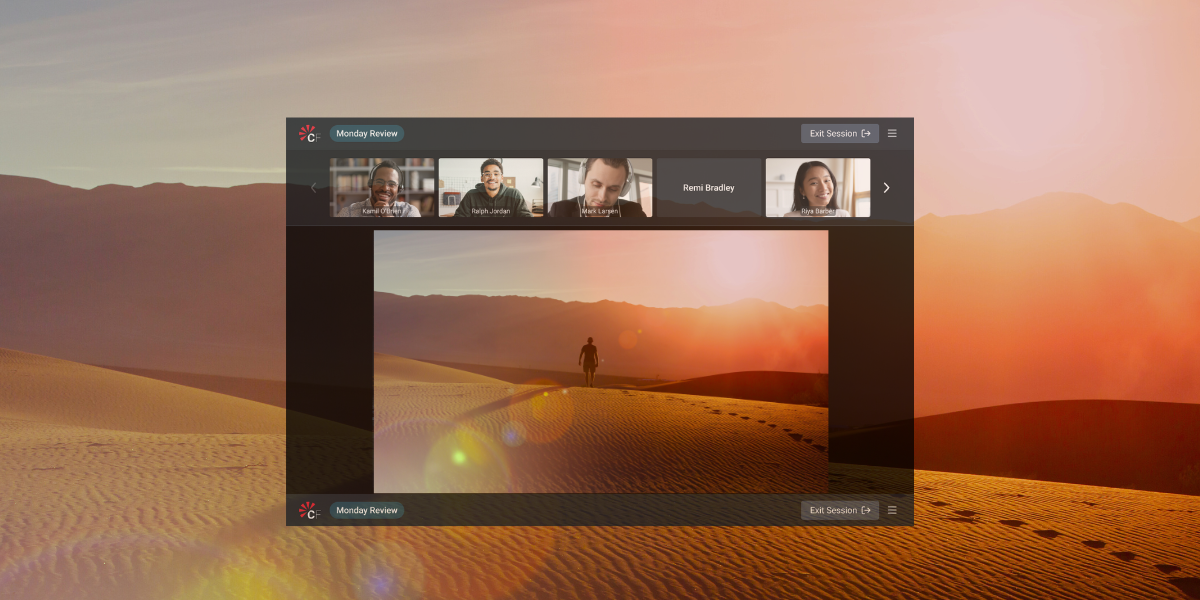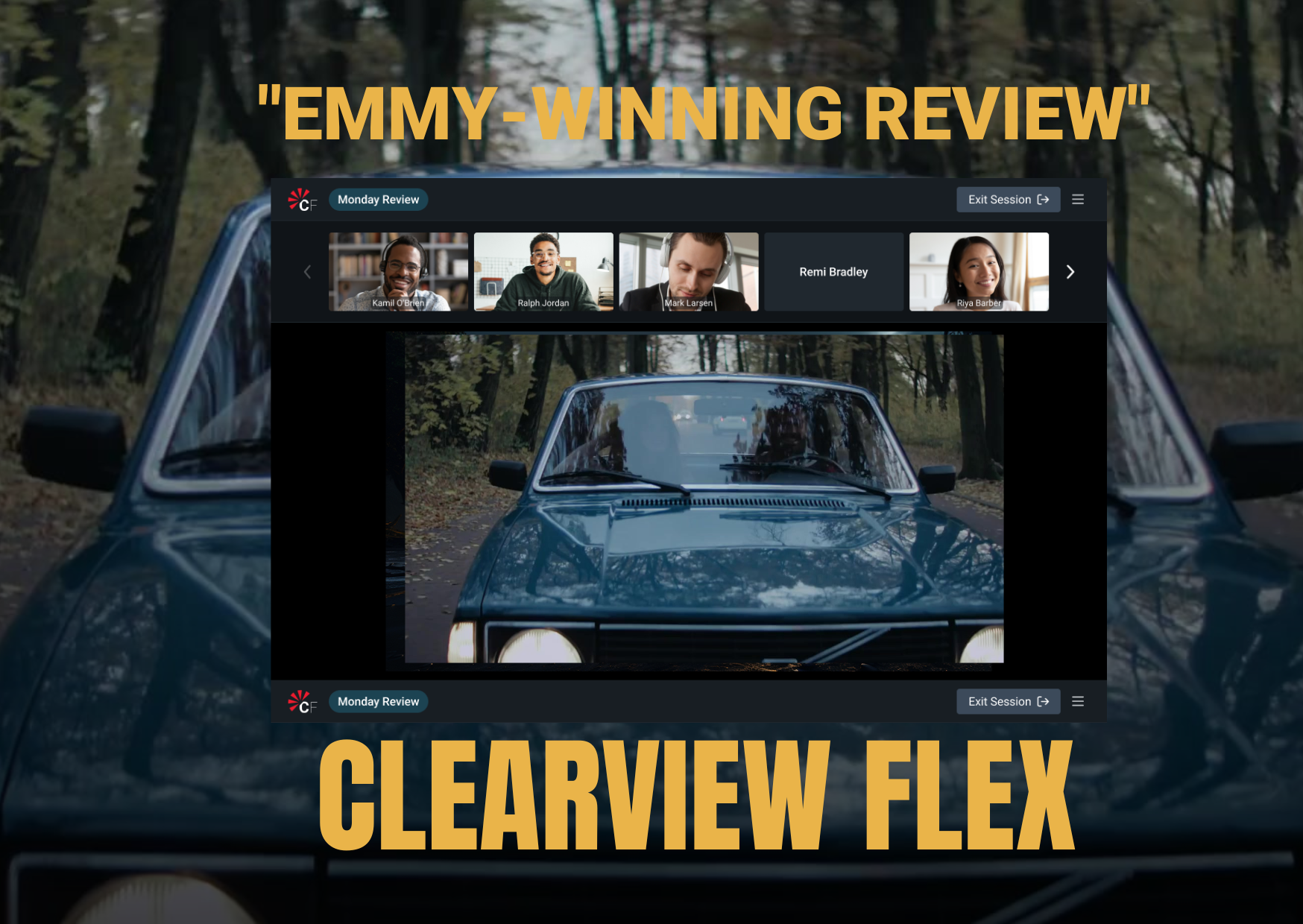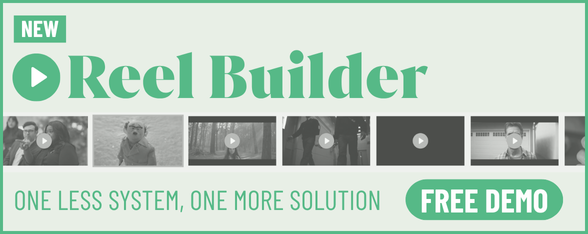
Reimagining Creative Studios with Sam Reid

Sam Reid led the launch of the world’s first fully cloud-native creative studio. As CTO of Untold Studios, he built its infrastructure from the ground up, enabling 500+ creatives across London, Los Angeles, and Mumbai. He now guides EngineLab’s vision and growth with a focus on creative impact through technology.
Reimagining Creative Studios: EngineLab CEO Sam Reid Talks Cloud, AI, and Virtualised ClearView Flex
EngineLab launched earlier this year as a premium technology consultancy focused on providing cutting-edge cloud-based solutions for the creative industries. It is notable for being led by the team that wrote the blueprints for cloud-native studios helping to shape how creative technology operates today.
Sam Reid, CEO, EngineLab was CTO of Untold Studios where he built its infrastructure from the ground up, enabling 500+ creatives across London, LA, and Mumbai. He now guides EngineLab’s vision and growth with a focus on creative impact through technology.
EngineLab CTO Matt Herman led Psyop’s migration to a fully cloud-based workflow and co-founded Trace VFX, scaled to 1,200+ artists before its acquisition by Technicolor.
Third co-founder Daniel Goller, CRO, drives AI innovation and R&D. He holds a PhD in Engineering and worked on infrastructure efficiency and AI integration at Untold.
As premium postproduction shifts dramatically from on-premise hardware to data center-based power and compute, EngineLab acts as the interface between cloud superscalers and the creative front end.
Q> Hey Sam - Let’s start from the beginning - what sparked the idea for EngineLab?
Sam> My history is building studios and cloud technology and evangelizing in that space. After having done that for eight years with Untold, I felt it was the right opportunity to recreate that for other budding studios wanting to spin up or people wanting to modernize their technology.
The market opportunity was right too. We could see larger studios being downsized or folding completely as a result of the pressures from Covid, the 2023 strikes and knock-on squeezes on production. Small groups would splinter away to do their own thing. I guess my colleague and I were a part of that churn happening in the industry.
Our idea was to take our expertise and experience into the market for all those other studios who are starting up, and potentially do not want to spend lots of money on equipment at the start.
At EngineLab we offer the ability for these studios to easily access Next Generation technology at a far more affordable rate than they would be able to do if they had to procure it all themselves.
Q> And when it comes to the tech, what exactly does EngineLab offer studios?
Sam> We offer everything that would go into building a traditional studio. Let's say, you’re leaving a big business to start your own studio with five to ten people. You’re going to need high-powered workstations and machines with a high-quality graphics card in them and a decent amount of RAM and CPU. Not only are they pretty expensive to buy but they would take a while to arrive after you order them. Each of those workstations needs central storage so everyone can work off the same files together. If you’re doing complex simulations like landslides or water simulations then you’re going to need a much bigger group of computers with the power to process the data. Then you need to connect them together so that every asset and file is synchronized where necessary and secure always.
These are the elements that comprise any studio. What we’re saying is that you don't need to buy anything. You can just rent them. When you get the work then you pay for use and when you enter a quiet period you don't. This opex model is replacing the traditional capex model.
At Engine lab we’re helping studios build studios tailored to their requirements. We’re onboarding them. We’re teaching them how to work in this new way and how to leverage new technology so that they work quicker and get a better result in terms of creativity. Because your machines are running faster and everything is just happening quicker you can produce more iterations on your content. More iterations, I would argue, gives a better creative outcome.

Q> The story behind Arc Creative is an interesting one, can you tell us more about how that came together?
Sam> Our first customer is Arc Creative based in Los Angeles. When Technicolor Creative Studios closed its offices and its constituent studios in February, a number of the creative leadership and around 100 artists found a lifeline with a new venture with multi-studio VFX house Dream Machine, dubbed Arc Creative.
All of this all happened really quickly. They needed to build a studio from scratch and in very short time in order to be able to continue to work on the projects that they had been working on. That presented a good challenge for EngineLab in terms of helping them create the technology framework for them to maintain continuity of work.
Arc’s artists needed extremely high-powered workstations to perform bespoke finishing workflows with Flame. The timeline for us to set this up was aggressive but because we don't need to go out and buy anything we were able to provision machines and connectivity and have it spun up within a matter of days as opposed to the weeks or months that it would take to try and procure and implement this hardware themselves.
Q> When you're building out a virtual studio, where does something like Sohonet’s ClearView Flex come in?
Sam> Sohonet offers a wide range of tools that a lot of our clients really value. The one we’ve focused on initially is the virtualised version of their review platform, ClearView Flex (VFlex) - which is a vital piece of the puzzle for us because it presents a way to get video out of the cloud. That has always been one of the biggest challenges in terms of cloud technology. In a traditional studio you’d have dedicated cables for this but over the past few years this connectivity has been virtualized and Sohonet hooked into that advance and created a product around it. We deploy VFlex in AWS, which gives us the flexibility and performance needed to meet demanding postproduction workflows.
Now you don't need a physical cable plugged into the back of a Flame going into a monitor in the room, because you can now do it over IP. You can send video over huge distances. The stream is a lot more stable and much more efficient. IP technology is also maturing, so it's just getting better to the point where I feel extremely confident going into a customer like Arc who operate with demanding deadlines and specifying Sohonet. I know they need something that works straight away and we don't have time to make this a science experiment. We need to know that we can buy something, plug it in and it will work instantly for the customer because they have projects depending on it. ClearView Flex fits in really nicely to that. I can install it quickly and it provides great value for the client because they have a robust and efficient method to view work in progress at an extremely high value point in the chain.

Q> So once a studio is up and running, like Arc, do you stay involved?
Sam> Exactly right. I see very little value in us going in and doing a big build of something really complex for a customer and just leaving it there. We help studios make smart, scalable technology decisions. From CTO-as-a-service to custom software development, we deliver hands-on technical leadership and solutions that integrate with any standard toolset.
Our model is to provide Next Generation technology for them to work on and an extremely capable top tier support team to maintain it. We make sure that it keeps running because the risk of downtime for a studio is that all those hundreds of artists just sit there idle. The clock is always ticking for a studio and downtime means no work but you still have to pay your team and cost can soon balloon. We should be able to do it better and cheaper relative to a studio hiring their own permanent technology team. And, as we grow our customer base we should be able to achieve some economies of scale which we would pass on to customers as well.
Q> What does the immediate future hold for EngineLab?
Sam> Our bread and butter is building cloud technology for studios and I don’t see that slowing down at all. It’s something we are probably always going to do but it won't always necessarily be our core focus. That’s because the technology business is constantly changing and right now it is being continually shaken by artificial intelligence. As a tech company we can quite easily pivot to do different things and create different products. We can build custom AI tools that integrate seamlessly into creative pipelines, enhancing workflows, automating time-consuming tasks, and unlocking new possibilities. From prototype to production, we can help studios harness the latest advancements in AI. So going forward, it’s likely AI is going to form a big part of our offering that we'll be able to use to further empower studios and create more efficiencies.












